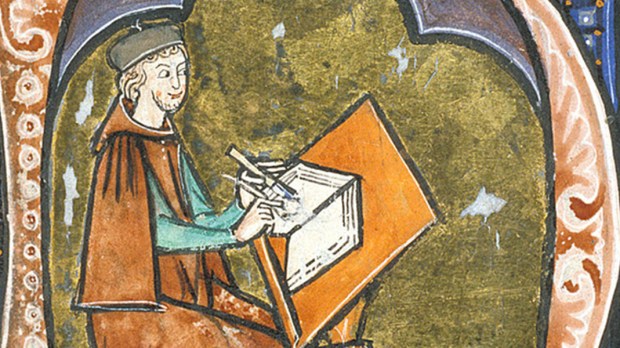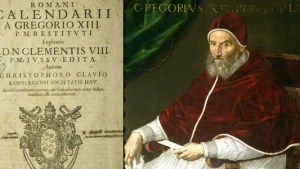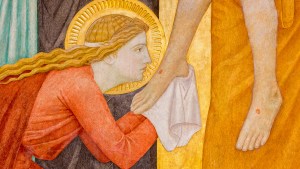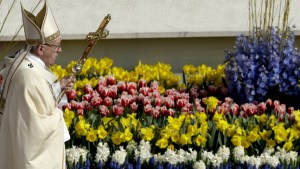The Raab Collection is an internationally recognized name in important historical autographs and documents. According to their website, they “search the world, finding important historical documents and bringing them to our historically passionate clientele.” Now, they might have found a rare late-medieval treasure: a mnemonic device written in Latin (a cypher) that can only be read (that is, literally de-ciphered) by some educated few, from a 15th-century breviary. The manuscript is valued at $16,500 and is currently for sale.
Prior to 1420, devotional books (mostly breviaries) were made to order, thus reflecting the interests and devotions of the patron. Breviaries would contain excerpts of psalms, gospel readings, hymns, and prayers to guide the reader in his or her daily prayer at the fixed canonical hours.
As read in the article published by Medievalists.com, the illuminated manuscript of either Flemish or Luxembourger origin “uses a complex series of letters and phrases to help the reader determine what remains a moveable feast: Easter.”
In medieval times, its date had to be calculated using a combination of mathematics and astronomy –that is, computus.
Computus, the medieval science of calculating times and dates, used poetry as a mnemotechnic device. This made it easier for students to memorize some information. Computus was often applied “to the tricky and at times controversial calculation of the date of Easter, a highly variable and occasionally contentious date relying on lunar calendars, the date of the Jewish celebration of Passover, and whether or not the observer is on the Julian or Gregorian calendar,” the Raab’s website explains. In fact, Easter remains celebrated on different days in the West than the East to this day, because of these differences in calculation.
The manuscript offered by the Raab Collection is a collection of pages from a once-larger book including a rare cipher developed in 1402 by an Englishman named John de Foxton. Foxton is the author of an encyclopedic work called Liber Cosmographiae, which included a line of poetry accompanied by several unrelated letters, written in red, that act as one of these mnemonic devices for figuring out the date of Easter. The manuscript was likely commissioned by a clergyman who used his prayerbook both for daily devotions and for the more complex matters of the Christian calendar.




